
Wisdom teeth are third molars and last teeth that come into the mouth. There are four wisdom teeth (two in the upper and two in the lower jaw).
Impacted wisdom tooth is a condition that results from insufficient space for the wisdom tooth. The tooth remains under the gums or the bone and cannot emerge and grow normally. Impacted wisdom tooth is a serious condition associated with damage to other teeth and other dental problems.
Diagnosing Impacted Wisdom Tooth
It can be quite easy to recognize impacted wisdom tooth. The symptoms of tooth impaction include pain, swelling and redness of the nearby gums, tenderness of the gums and bleeding or swelling around the jaw. Some patients complain about unpleasant taste in the mouth and many of them have bad breath. Headache is another possible symptom of wisdom tooth impaction. And finally, in some cases wisdom tooth impaction does not cause any symptoms at all.
The dentist or the oral surgeon first asks certain questions regarding the problem and then examines the oral cavity, evaluates the teeth and gums. Definitive conformation is obtained with dental X-rays which can give perfect insight in impaction as well as the damage to nearby tissues (teeth or bone).
Treatment for Impacted Wisdom Tooth
Impacted wisdom teeth that cause pain and damage to nearby teeth and bone, thus must be treated as soon as possible. Majority of patients undergo surgery and tooth extraction. Patients who are suffering from certain medical conditions that can increase the risks of surgery are treated after consultation with the primary care doctor, the specialist (the doctor who treats the specific illness the patient is suffering from) and the dentist.
Asymptomatic cases of wisdom tooth impaction may not need to be treated at all. Still, certain number of dentists do recommend extraction of asymptomatic wisdom tooth. They believe that the condition may eventually become symptomatic and that the very presence of tooth impaction can eventually cause damage to the nearby structures.
Surgical extraction for wisdom tooth impaction is not a serious procedure. Patients go home immediately after the surgery which is performed under local anesthesia. The procedure includes cutting the gums and removing parts of the bone in order to reach the wisdom tooth. After tooth removal the wound is stitched. Patients are given all information regarding the care of the wound. They are also prescribed with pain relieving medications and explained what to do to accelerate the healing and prevent potential complications. The surgery carries several risks which do not commonly occur and they include dry socket, infection, damage to the sinuses or nerves and weakening of the lower jawbone.
- www.betterhealth.vic.gov.au/health/conditionsandtreatments/wisdom-teeth
- medlineplus.gov/ency/article/001057.htm
- Photo courtesy of Steven Fruitsmaak by Wikimedia Commons: commons.wikimedia.org/wiki/File:Wisdom_teeth_2.jpg


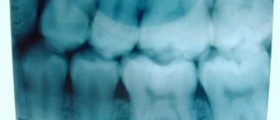
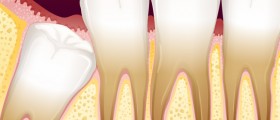

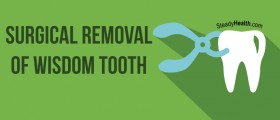



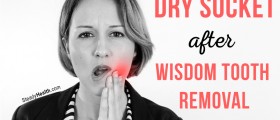


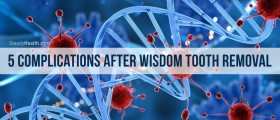
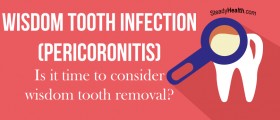


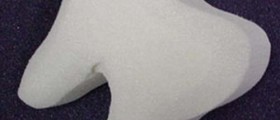
Your thoughts on this
Loading...